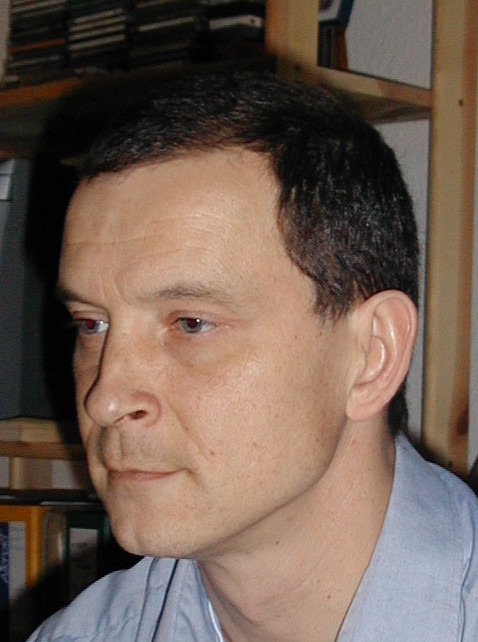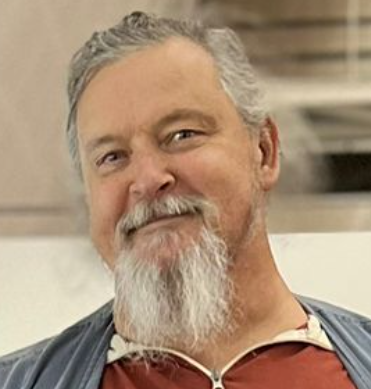
“During these 20 years, I have enjoyed guiding students through this endless journey, learning from them and with them in a cheerful and pleasant, yet studious atmosphere.”
Story from Gabriel Braun, instructor of HTML/CSS and JavaScript in the CAWEB Master’s program

In the beginning, there were modems, those small, slow, and noisy devices that connected to the web. It was like receiving data via carrier pigeon.
“Click-click-click…… ⏳ beep-beep-beep… ⌛ CRACK … ! … Connection established! …”
With a speed of a few kbps, we had time to take and retake a coffee ☕ while waiting for an image to download. It was exhilarating!!!
At a rate of 5KB per second, to load a 5MB image, it took 1000 seconds, or about 16 minutes.
Then, the web went crazy with flashing GIFs everywhere and migraine-inducing wallpapers. Every web page looked like a candy store, a carnival of colors and animations. It was as if the Internet had swallowed hallucinogenic mushrooms. An epic and opaque era where good taste had taken an extended vacation.
Fortunately, this uncontrollable madness gradually subsided with the advent of CSS. A bit of order and discipline were imposed by allowing a clear separation of content and style. The motto became: “divide and conquer.”
We moved from the most uncontrollable anarchy to an organized approach that increased simplicity and clarity, significantly enhancing quality, accessibility, and productivity.
Later, Web 2.0 allowed us to move from static web pages, frozen for eternity, to dynamic pages that could be interacted with. The internet user, from mere spectator, became an actor. This led to the rise of social networks, for better or worse.
A true Roman arena with thumbs up or down, a way to spotlight obscure lives. Lives by proxy, what a waste of time!!!
Of course, not everything is negative. Social networks have enabled the creation of communities that can support good causes, fight against unjust regimes, and maintain a connection with loved ones.
Later on, with the emergence of new devices such as phones and tablets, media queries were born, allowing the presentation to be adapted to the specifics of each device. Thanks to CSS, it was enough to offer different style sheets according to their destination.
Finally, HTML5 and CSS3 brought their share of innovations, giving more semantics to HTML and more ease and possibilities for layout thanks to CSS. Flexboxes are the stars. The flex-container is a moving circus ring where the flex-items dance by bending and stretching like contortionists.
Now, the revolution of artificial intelligence is reshuffling the deck. This new tool can prove to be a valuable assistant, ensuring a significant gain in productivity and creativity. However, it remains essential for humans to supervise this automation to detect artificial nonsense.
The CAWEB Master’s program has been both a witness and an actor in this rapid evolution. During these 20 years, I have enjoyed guiding students through this endless journey, learning from them and with them in a cheerful and pleasant, yet studious atmosphere.
The richness of the CAWEB cohorts lies in the diversity of students’ origins and backgrounds, as well as the multitude of fields covered: HTML, CSS, JavaScript, PHP, CMS, SEO, UX, graphics, video, writing, translation, marketing, and communication… Enough to allow students to find a favorite area for a future career in the web domain.
This diversity has been a source of stimulation and synergy within the cohorts.
I hope that the strong involvement of the entire CAWEB teaching team has, over these twenty years, provided our students with the keys to progress and become web professionals. The web domain requires continuous training, so there’s no question of resting on our laurels. So: to our keyboards !!!

